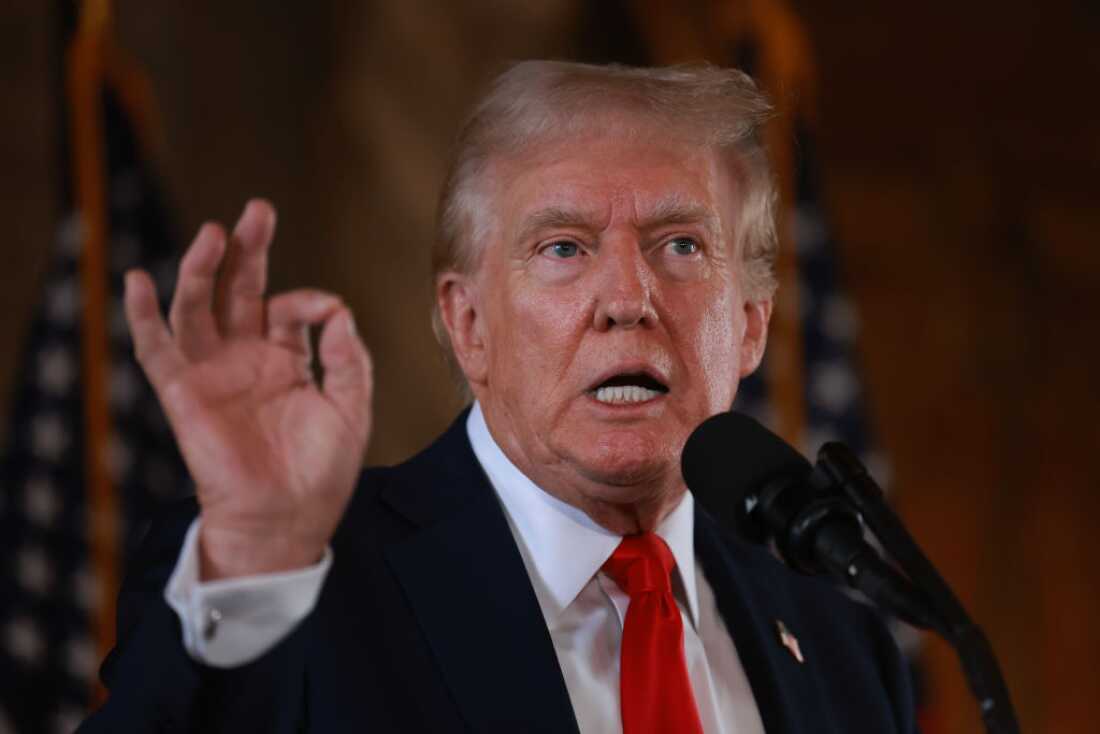Despite numerous internal and external pressures, the U.S. economy continues to demonstrate strength, surprising analysts who have predicted downturns that have yet to fully materialize.
Over the past several years, the American economy has been tested repeatedly, from global health crises to geopolitical conflicts, persistent inflationary trends, supply chain disruptions, and political disagreements that have shaken investor confidence. Yet, in the face of these trials, the economy has consistently proven its resilience, maintaining growth where many thought it would falter. This ongoing performance has sparked debate among economists, policymakers, and businesses alike about the underlying forces that continue to support economic stability in the United States.
The impact of worldwide challenges and national instabilities
When the pandemic first spread across the globe, most forecasts assumed the U.S. economy would experience prolonged damage. However, aggressive fiscal stimulus, swift adaptation by businesses, and innovative shifts in consumer behavior helped cushion the blow. While other nations faced longer recessions, the United States managed to rebound more quickly, surprising even seasoned financial experts.
As inflation emerged as the primary worry, the Federal Reserve increased interest rates at an unprecedented speed in recent decades. Many worried that these actions could drastically slow down economic activity or cause significant job cuts. However, although some sectors experienced a downturn, overall employment levels were robust, and wages kept increasing across various industries. This mix of limited labor availability and consumer purchasing strength contradicted conventional predictions about economic reactions in such circumstances.
Additionally, global conflicts and trade disagreements introduced further pressure, especially in the energy sectors and agricultural exports. However, the U.S. economy adjusted by broadening its supply networks and relying more on local production when feasible. Although variations in prices posed challenges for families and enterprises, the overall economy continued to progress.
Trust of consumers and flexibility in business
An unmistakable sign of strength has been the ongoing trust shown by U.S. consumers. Even though news outlets have cautioned about possible declines, individuals have continued their purchasing patterns, especially in sectors like tourism, leisure, and shopping. This expenditure, albeit moderated by increased costs, has sustained robust demand and encouraged companies to persist in investing in operations and growth.
American corporations have shown an impressive ability to adjust. Through digital evolution, remote work adoption, or optimized logistics, companies have reorganized themselves to overcome obstacles. Numerous businesses, especially those that are small and medium-sized, have discovered creative methods to reduce expenses while satisfying client demands. This entrepreneurial flexibility has been crucial in mitigating economic impacts that could have otherwise resulted in a downturn.
Another factor is the ongoing influx of technology-driven industries and startups. Fields like artificial intelligence, renewable energy, and biotechnology have fueled job creation and investment opportunities, counterbalancing weaknesses in more traditional sectors. These growth engines not only contribute to current stability but also point toward long-term economic transformation that could further insulate the country from future crises.
The ongoing debate about sustainability
While the durability of the U.S. economy is evident, questions remain about how long this resilience can last. Critics argue that high levels of government debt, persistent inflation, and widening inequality could eventually erode the foundation of stability. Others point to the potential for global financial shocks, environmental challenges, or new geopolitical conflicts to test the limits of the system once again.
Nevertheless, proponents argue that throughout its history, the American economy has demonstrated resilience in overcoming challenges, often coming out more robust following times of upheaval. They underscore the importance of creativity, consumer resilience, and institutional flexibility as fundamental elements that propel advancement, even during unpredictable periods.
The truth likely lies somewhere in the balance between these perspectives. While risks are undeniable, so too are the opportunities for continued growth and reinvention. What sets the United States apart is not the absence of challenges, but its capacity to absorb them and find new pathways forward.
Ultimately, the narrative of the American economy is not centered on being undefeatable but rather on its ability to recover and endure. Every challenge highlights the balance between danger and flexibility, between adversity and potential. As long as these factors persist, forecasts of a downfall may continue to be deemed hasty.




